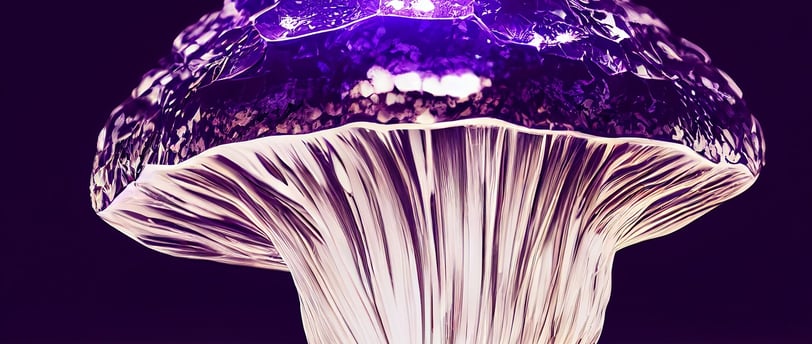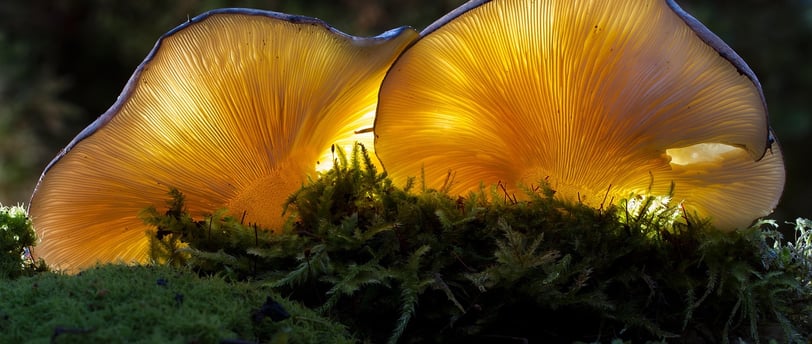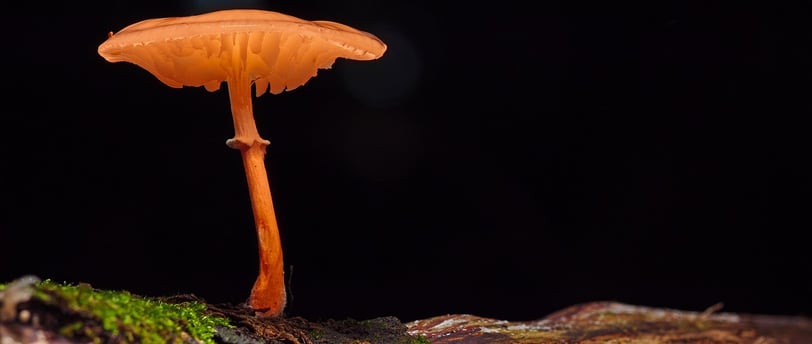The Mushroom Lamp: A Timeless Design Icon for Modern Interiors
The Mushroom Lamp. Its appeal goes beyond aesthetics; the lamp is often energy-efficient and compact, making it practical for everyday use. Understanding these features helps explain why it remains a favored choice among lighting options.
HOME COMFORT


The mushroom lamp is a lighting fixture designed to combine functionality with a distinct, organic shape inspired by the natural form of mushrooms. It offers soft, diffused light that creates a cozy atmosphere while serving as a unique decorative piece.
People choose the mushroom lamp for its blend of simplicity and style, making it popular in modern, minimalist, and eclectic interiors. Its shape and glow make it easy to fit into various rooms, from bedrooms to living spaces.
Its appeal goes beyond aesthetics; the lamp is often energy-efficient and compact, making it practical for everyday use. Understanding these features helps explain why it remains a favored choice among lighting options.
The Mushroom Lamp: Design, Types, and Materials
The mushroom lamp is defined by its distinct shape, choice of materials, and variations in size and color. These factors combine to determine its function, style, and placement in different settings.
Iconic Shape and Aesthetic Appeal
The mushroom lamp features a rounded, dome-like shade resembling a mushroom cap. This shape directs light downward while providing soft ambient illumination. Its simple, smooth contours contribute to a modern and minimalistic look.
The design often balances functionality with visual comfort. Many lamps use a weighted base for stability, complementing the curved shade. This shape fits well in living rooms, bedrooms, and offices, functioning as both task lighting and décor.
Popular Materials and Finishes
Common materials include metal, glass, and plastic. Metal bases and shades are durable and often come in matte or glossy finishes like brass or chrome. Glass lamps provide a translucent effect, diffusing light evenly.
Plastic variants offer lightweight and affordable options with varied textures. Finishes range from polished surfaces to soft matte, influencing the lamp's overall aesthetic and suitability for different interior styles.


Material Characteristics Common Finishes
Metal Durable, stable Matte, glossy, brass
Glass Translucent, elegant Frosted, clear
Plastic Lightweight, varied Matte, textured
Variety of Sizes and Color Options
Sizes typically range from small bedside lamps to larger desk versions. Compact models are popular for limited spaces, while larger ones provide broader light coverage.
Colors vary widely, including neutral tones like white, black, and gray as well as brighter shades such as red, blue, or green. Some lamps allow interchangeable shades or bases to match evolving decor preferences. This versatility enhances the lamp’s appeal across different rooms and design themes.
Choosing and Styling the Mushroom Lamp
Selecting and styling a mushroom lamp requires attention to size, color, and placement to match the room’s function and aesthetic. Understanding how to choose the right model ensures optimal lighting and design harmony. Proper care helps maintain its appearance and longevity.
How to Select the Right Model
When selecting a mushroom lamp, consider the lamp’s size relative to the intended space. Smaller lamps suit desks or bedside tables, while larger ones can serve as focal points in living rooms.
The choice of material impacts both durability and style. Glass and ceramic offer a polished look, whereas plastic models are lightweight and budget-friendly.


Light temperature and brightness are key. Warm white bulbs (2700K-3000K) complement cozy environments, while cooler light supports task-focused areas. Compatibility with dimmers enhances flexibility.
Incorporating Mushroom Lamps in Home Decor
Mushroom lamps blend well with minimalist, retro, and modern interiors. Position them on nightstands, shelves, or side tables to add character without overwhelming the space.
Color coordination matters. Neutral-colored lamps integrate easily, while bold hues create accents. Grouping lamps of varying sizes or colors can create visual interest.
Placement should consider lighting needs and room layout. Avoid blocking the lamp with large objects. Placement near seating or reading areas maximizes function.
Care and Maintenance Tips
Dust the lamp regularly with a soft cloth to prevent buildup. For glass or ceramic surfaces, use a mild cleaner diluted in water to avoid damage.
Check the wiring periodically for signs of wear or loose connections. Replace bulbs with those matching the lamp’s specifications to avoid overheating or poor performance.
Avoid exposure to direct sunlight to prevent color fading, especially for lamps with painted or fabric components. Proper care extends both appearance and functionality.


